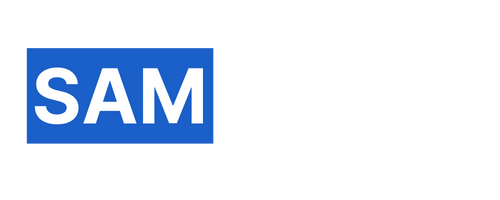In web development and SEO, Backlinks, hyperlinks, and hypertext—these all terms are related to how content connects on the web, but they each have specific meanings and serve different purposes. Backlinks, hyperlinks, and hypertext play a crucial role in SEO by helping search engines discover, index, and understand website content. Backlinks act as votes of credibility from other sites, boosting a page’s authority and search ranking. Hyperlinks, both internal and external, guide users and search engine crawlers through a website, improving navigation and visibility. Hypertext (the clickable anchor text in links) provides context about the linked content, helping search engines understand relevance and improve keyword targeting. Together, these elements form the backbone of effective SEO strategy.
- HYPERLINK
A hyperlink is a clickable element (usually text or an image) that leads from one web page to another or another location. It connects different pages, websites, files, or sections.
That location can be:
- Another page on the same website
- A different website
- A document or file
- A section on the same page (anchor links)
- An email address
- A phone number
Hyperlinks are foundational to the internet. Without them, the web wouldn’t be “webbed” at all—just a bunch of disconnected documents.
Example: Visit our Contact Page.
Types of Hyperlinks:
- Internal link – links to another page on the same website
- External link – links to a page on a different website
- Anchor link – jumps to a specific section on the same page (like #top)
- Email – opens an email app with a prefilled address
- Phone– clock to call (mainly on mobile)
- File link – opens or download a file
Hyperlink in Real Use:
On websites like Wikipedia, every underlined blue word is a hyperlink—either to another page, section, or source.
Example: “The World Wide Web was invented in 1989…”
2. HYPERTEXT
Hypertext is any text that contains links (hyperlinks) to other text or documents. It’s the foundation of how we browse and connect information on the web. Think of it like a choose-your-own-adventure story:
- You read a sentence
- Click a link (hypertext)
- It takes you somewhere else to continue the story or dig deeper
Used in:
- Websites (via HTML)
- Wikis (like Wikipedia)
- Documentation systems
- Apps that embed web views
History fact:
The term hypertext was coined by Ted Nelson in 1965. The idea was revolutionary: text that’s not linear, but branching.
3. BACKLINK
A backlink is a hyperlink from one website to another. A backlink is when one website links to another. It’s called a “backlink” from the perspective of the site receiving the link. It connects content across different domains and is a key factor in SEO.
- Perspective:
- If Website A links to Website B, then Website B has received a backlink.
Example:
- Site A: For more info, check out This Blog Post.
- Your site (Site B) just got a backlink from Site A!
Why Backlinks Matter:
- SEO Power: Search engines like Google view backlinks as endorsements.
- Trust & Authority: The more reputable sites that link to you, the more trustworthy your site looks to search engines.
- Traffic: Backlinks can bring direct referral traffic from other sites.
- Indexing: Google bots find your pages faster if they’re linked from other indexed sites.
Types of Backlinks:
- DoFollow – passes on SEO value (“link juice”)
- NoFollow – tells search engines not to pass SEO value, but still good for visibility
- UGC / Sponsored – special tags for user-generated or paid content links
Tools to Check Backlinks:
You can check who’s linking to your site using tools like:
- Ahrefs Backlink Checker (Free)
- Moz Link Explorer
- Google Search Console (Free if your site is verified)
- Ubersuggest
How They Work Together:
| What It Connects | Used By Whom | Main Purpose | |
| Hyperlink | Any two digital locations | Website owners, users | Navigation |
| Hypertext | Text to other content (via links) | Web developers, writers | Linkable reading |
| Backlink | One site back to another site | Other websites (3rd parties) | SEO, visibility, Credibility |

